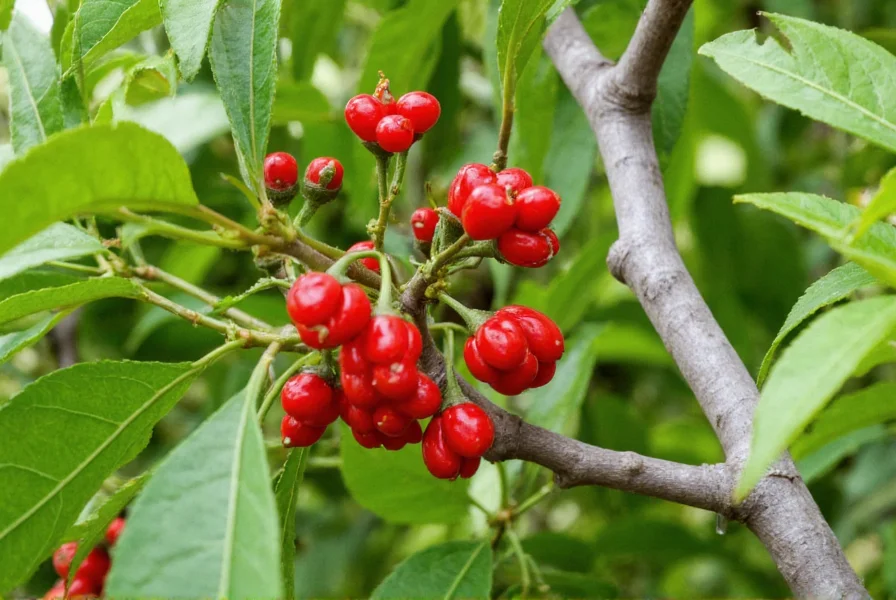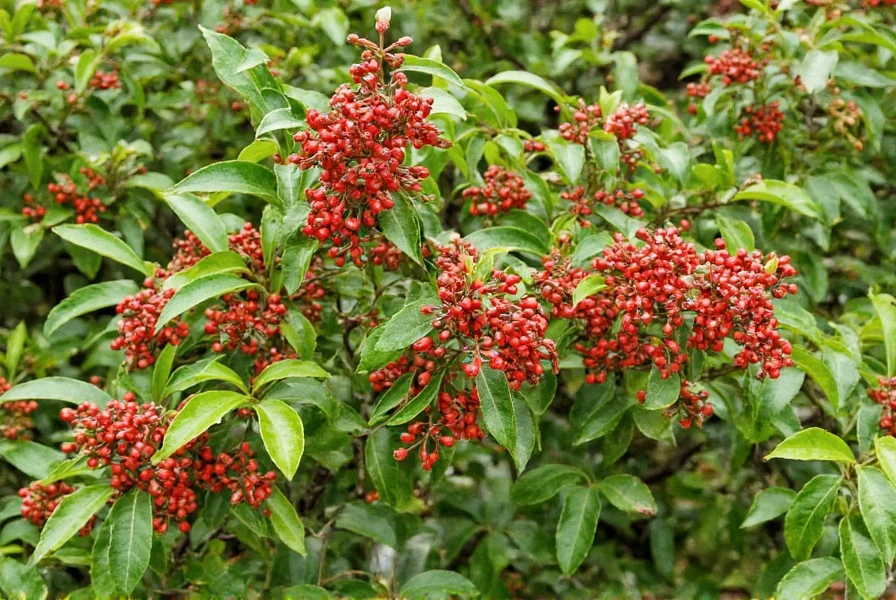Understanding the Brazilian Pepper Tree: An Ecological Challenge
The Brazilian pepper tree, scientifically known as Schinus terebinthifolia, has earned its reputation as one of the most problematic invasive species in subtropical regions worldwide. Originally from Argentina, Brazil, and Paraguay, this resilient tree was introduced to Florida in the 1800s as an ornamental plant but quickly escaped cultivation due to its aggressive growth habits and adaptability.
Key Characteristics and Identification
Identifying Brazilian pepper trees is crucial for effective management. These trees typically reach 20-30 feet in height but can grow taller under ideal conditions. Key identification features include:
- Leaves: Compound leaves with 9-13 leaflets arranged alternately along the stem, resembling ferns
- Berries: Dense clusters of small, bright red berries that appear in winter
- Bark: Smooth, grayish bark that becomes rougher with age
- Scent: Crushed leaves emit a distinctive peppery aroma
Many people confuse Brazilian pepper with the West Indian mahogany or other native species, but the combination of compound leaves, red berries, and the distinctive scent when leaves are crushed provides reliable identification.

Ecological Impact of Brazilian Pepper Invasion
The ecological consequences of Brazilian pepper tree invasion are severe and far-reaching. This aggressive species forms dense monocultures that:
- Displace native plant communities through allelopathy (releasing chemicals that inhibit other plants)
- Alter soil chemistry and nutrient cycling
- Reduce biodiversity by creating habitats unsuitable for native wildlife
- Interfere with natural fire regimes
- Block waterways and increase flood risks
In Florida alone, Brazilian pepper occupies over 700,000 acres of conservation land, making it one of the state's most widespread invasive plant problems. The tree's rapid growth rate—up to 5 feet per year—and ability to thrive in various soil conditions contribute to its invasive success.
Legal Status and Management Efforts
Due to its destructive impact, Brazilian pepper tree is classified as a Category I invasive species by the Florida Exotic Pest Plant Council and is prohibited from sale or cultivation in many states. Several regions have implemented aggressive control programs:
| Region | Legal Status | Management Approach |
|---|---|---|
| Florida | Prohibited species | Integrated management: mechanical removal, herbicide treatment, biological control |
| California | Restricted species | Local eradication programs, public education |
| Hawaii | Priority pest species | Biological control research, community removal efforts |
| Texas | invasive species | Monitoring and targeted removal |
Health and Safety Considerations
Beyond ecological damage, Brazilian pepper trees pose direct health risks to humans. All parts of the plant contain urushiol, the same compound found in poison ivy, which can cause:
- Severe skin irritation and blistering upon contact
- Respiratory problems when burning the wood
- Eye irritation from plant sap
- Potential gastrointestinal issues if berries are ingested
Individuals with existing sensitivities to cashews, mangoes, or poison ivy often experience more severe reactions. When handling Brazilian pepper trees, always wear protective clothing, gloves, and eye protection to prevent exposure.
Effective Control and Removal Methods
Successfully managing Brazilian pepper requires a strategic approach based on infestation size and location. For brazilian pepper tree removal methods, consider these options:
Small Seedlings and Saplings
For young plants under 2 inches in diameter, manual removal is often effective. Ensure complete root extraction to prevent resprouting. This method works best in moist soil conditions.
Mature Trees
Larger trees require more intensive approaches:
- Basal bark treatment: Apply herbicide directly to the lower 12-18 inches of the trunk
- Cut-stump method: Cut the tree near ground level and immediately treat the stump with herbicide
- Foliar spray: For dense thickets, spray foliage with appropriate herbicide
Timing matters—treatments are most effective during active growth periods in spring and summer. Always follow local regulations regarding herbicide use near water bodies.
Preventing Spread and Future Infestations
Preventing the spread of Brazilian pepper requires community awareness and proactive measures:
- Avoid planting Brazilian pepper as an ornamental tree
- Clean equipment and vehicles after working in infested areas
- Report new infestations to local agricultural extension offices
- Participate in community removal efforts
- Plant native alternatives like Florida holly or dahoon holly
Understanding brazilian pepper tree ecological impact helps communities develop effective prevention strategies. Early detection and rapid response remain the most cost-effective management approaches.
Frequently Asked Questions
Is the Brazilian pepper tree actually related to true pepper plants?
No, despite its name, the Brazilian pepper tree (Schinus terebinthifolia) is not related to true pepper (Piper nigrum). It belongs to the cashew family (Anacardiaceae), making it more closely related to poison ivy, mangoes, and cashews than to culinary pepper plants.
Can Brazilian pepper berries be eaten safely?
No, Brazilian pepper berries should not be consumed. While some birds eat them without apparent harm, the berries contain compounds that can cause gastrointestinal distress, mouth irritation, and other adverse reactions in humans. The plant's relation to poison ivy means it contains urushiol, which can trigger allergic reactions.
What native plants can replace Brazilian pepper trees in landscaping?
Excellent native alternatives include Florida holly (Ilex cassine), dahoon holly (Ilex cassine), American beautyberry (Callicarpa americana), and wax myrtle (Morella cerifera). These plants provide similar visual appeal with berries and foliage while supporting local ecosystems and wildlife without the invasive risks.
How quickly does Brazilian pepper spread in natural areas?
Brazilian pepper spreads rapidly—up to 5 feet per year in height and through extensive root systems that produce new shoots. A single mature tree can produce up to 100,000 seeds annually, which birds disperse widely. In optimal conditions, a small infestation can become a dense thicket covering several acres within 5-7 years without intervention.
Are there any biological control methods for Brazilian pepper trees?
Researchers have identified several potential biological control agents, including the Brazilian peppertree thrips (Pseudophilothrips ichini) and the stem-galling wasp (Leptophyes pastranai). These insects specifically target Brazilian pepper without affecting native plants. Biological control programs are currently being implemented in Florida and show promising results for long-term management of large infestations.











 浙公网安备
33010002000092号
浙公网安备
33010002000092号 浙B2-20120091-4
浙B2-20120091-4